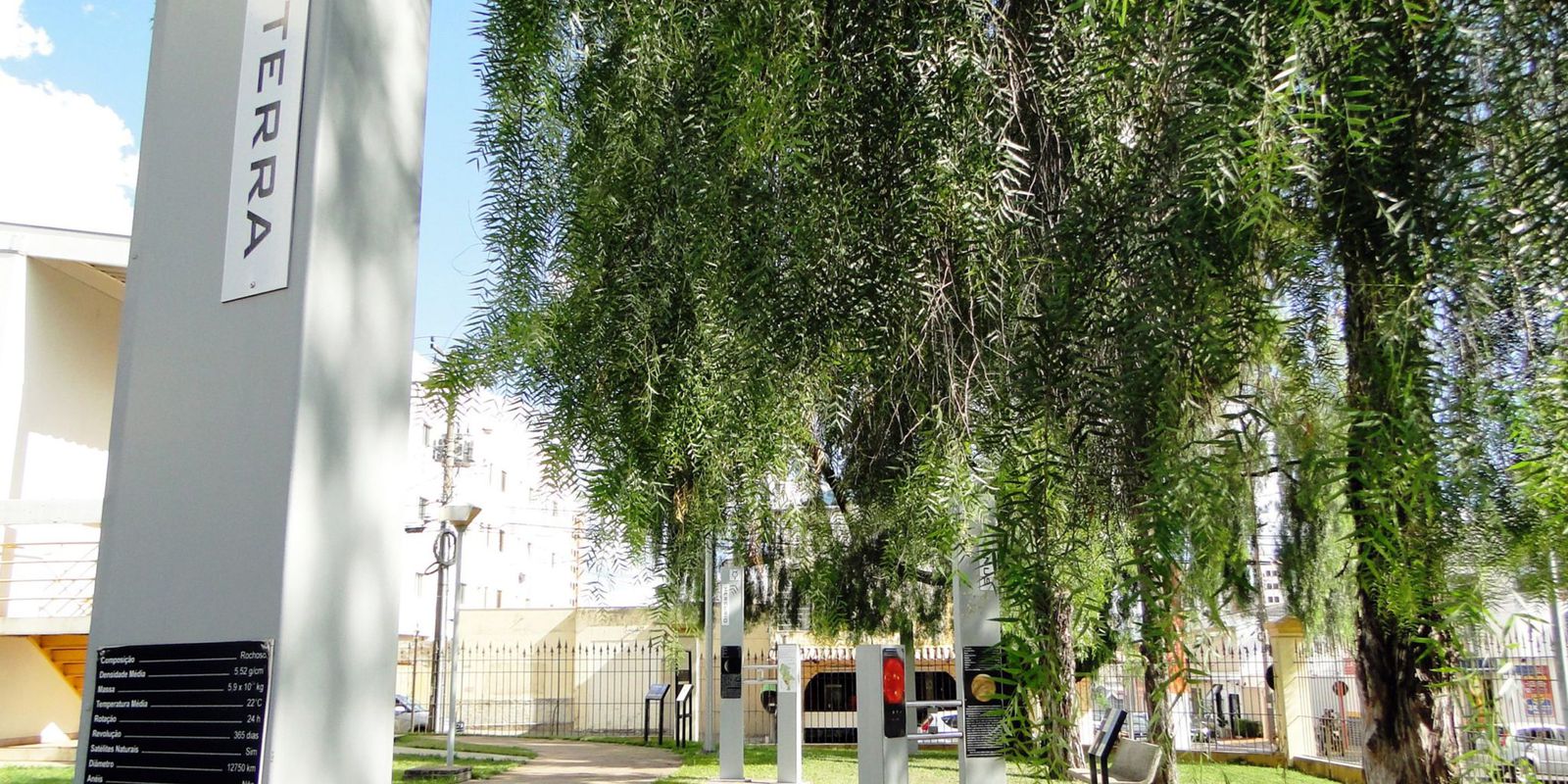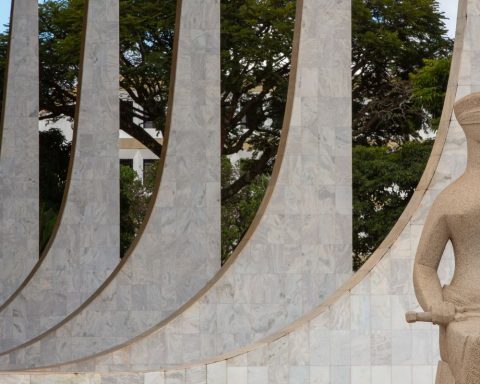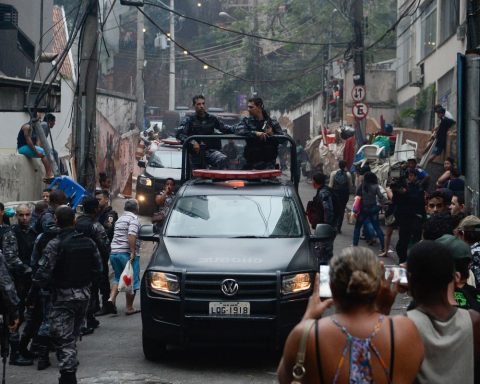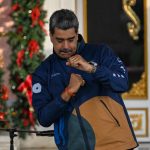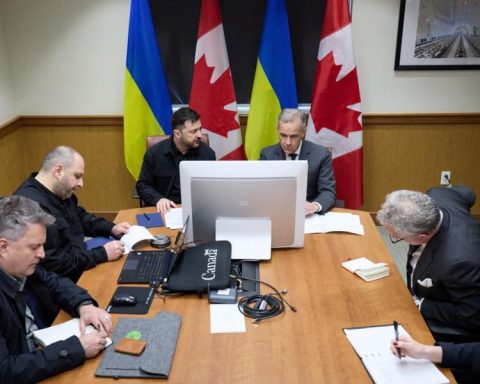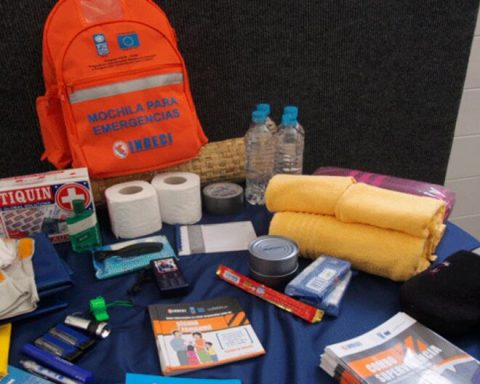Why do the phases of the moon occur? Why are there seasons? Why is it so difficult to find another habitable planet? These are some of the questions that can be answered with practical experiences at the Dietrich Schiel Observatory, at the University of São Paulo (USP), in São Carlos, in the interior of São Paulo. In February, the Scientific and Cultural Dissemination Center receives in-person visitors, free of charge, twice a week at four times. 
One of the main local attractions is the centenary telescope with 3 meters of tube that allows observing the Sun. “The telescope will capture the sunlight and will project the image on a screen so that people do not need to put their eyes on the lens”, explains André Luiz da Silva, astronomer at the observatory. To see the Sun, the weather has to help and the sky cannot be cloudy. The instrument is also used, for example, to record the passage of Halley’s Comet, visible from Earth every 76 years.
Silva explains that, at this time of year, the Sun has some spots. “It is possible to see the circle of the Sun very clearly and with the occurrence of some dark spots on the surface. We talk a little about it, about what these spots are, why they appear, and in what cycle they disappear”, says the astronomer, anticipating the topics that are covered in the tour guided. Visits must be scheduled and take place on Wednesdays (2 pm and 3 pm) and Fridays (10 am and 11 am). The maximum audience served is ten people per hour.
guided tour
“O tour it’s a guided tour with monitors who approach some didactic equipment that are outdoors around the observatory building here at USP”, points out Silva. One of the attractions of Jardim do Céu na Terra, as the place is called, is the armillary semisphere. “It is a kind of sundial and at the same time it is an astronomy teaching instrument that allows us to know the position of the Sun throughout the year, to know when it is summer, when it is spring.”
Those who visit the garden can also get to know the Solar System in real scale, in size and distance. “It shows how extensive the Solar System is, and how small the planets are within this immensity”, highlights the astronomer. He jokes that it is possible to walk millions of kilometers by walking just a few meters. And there is also the Cruzeiro do Sul in three dimensions. “Depending on the position we are in, you cannot see any Cruzeiro, and in a specific position marked on the ground it is possible to see it.”
To visit, it is necessary to wear a mask covering nose and mouth, and present proof of vaccination against covid-19. The proof must be accompanied by a photo document. Children under 12 years old are exempt from presenting the document.
“The main function of science centers, planetariums and educational observatories, like ours, is to bring this knowledge that is fascinating, broad, specialized, but that sometimes does not reach the entire population. Despite the fact that astronomical knowledge is well advanced, we have thousands of years of data and research, many people have never looked into a telescope”, laments the astronomer.
